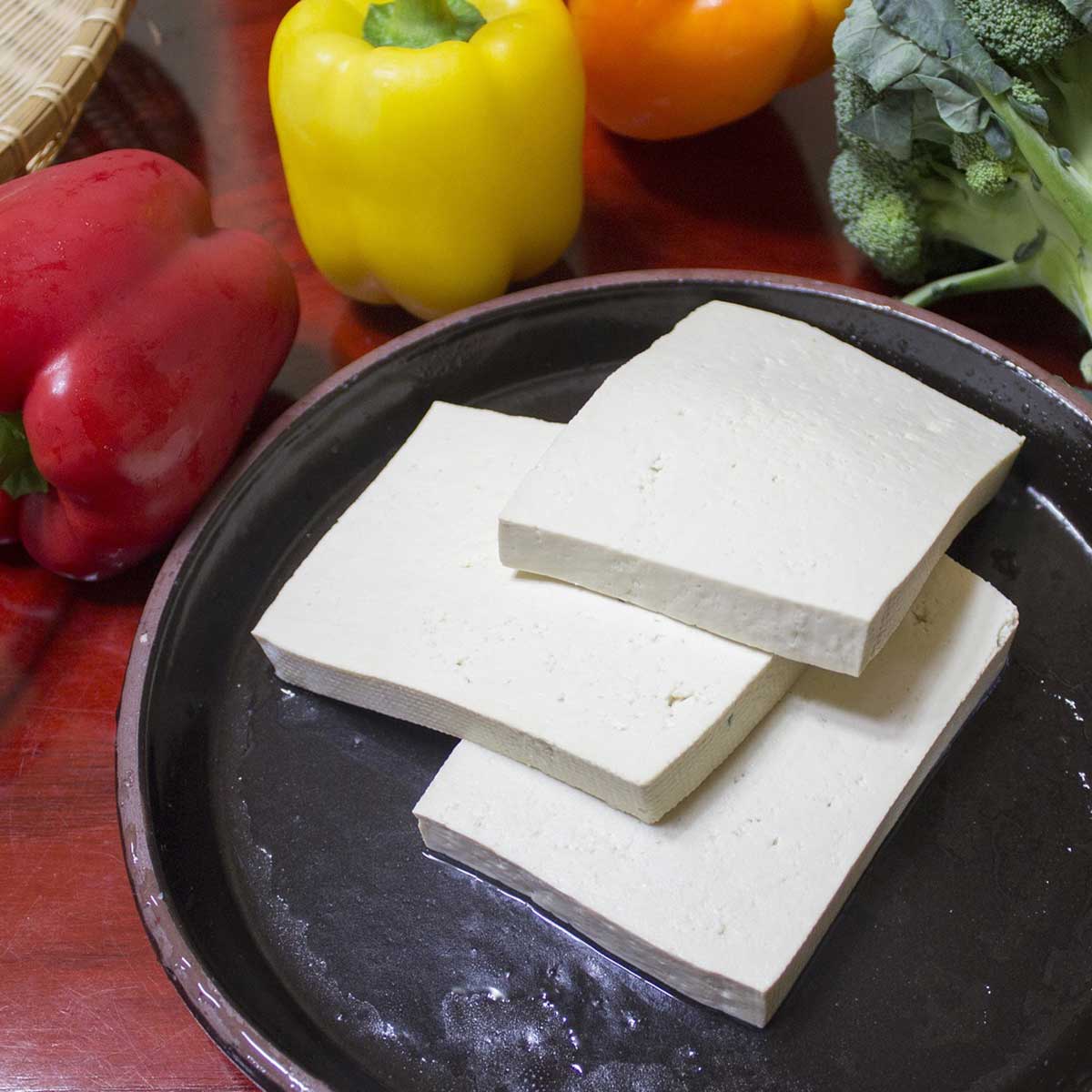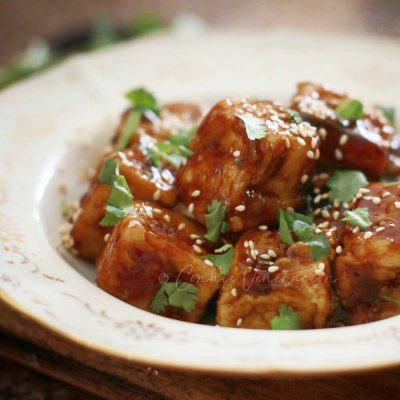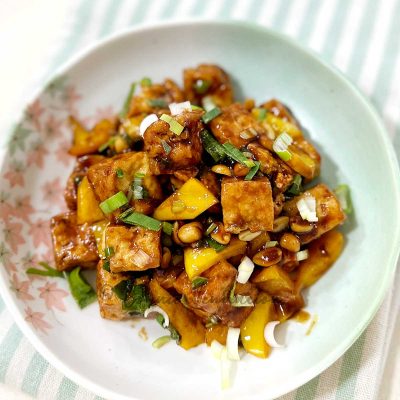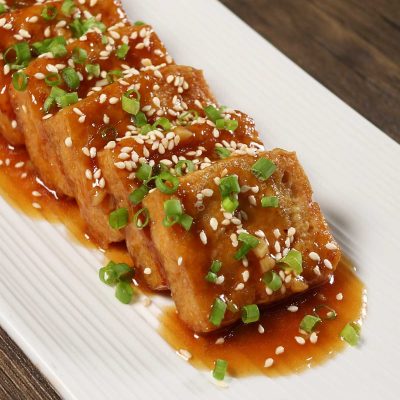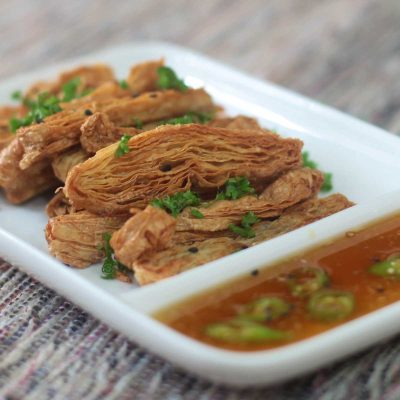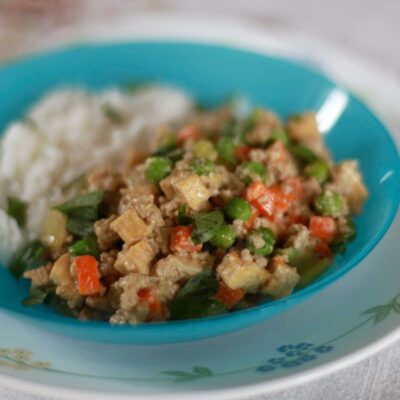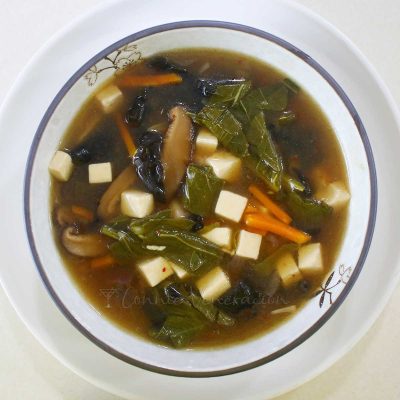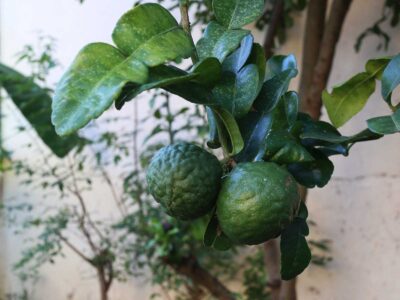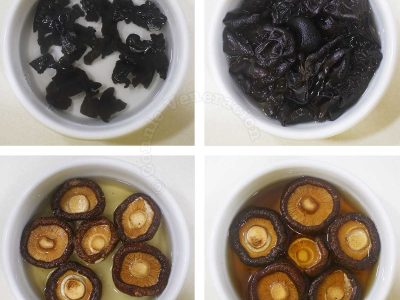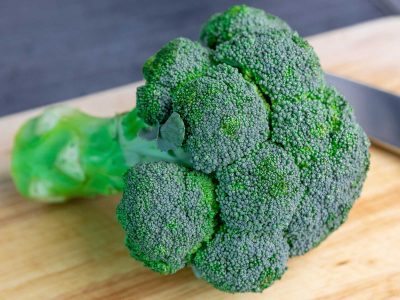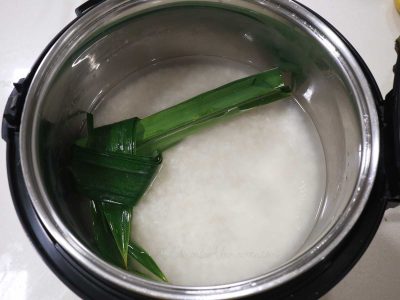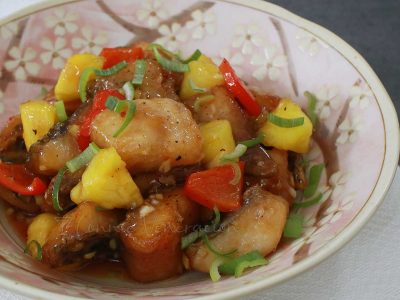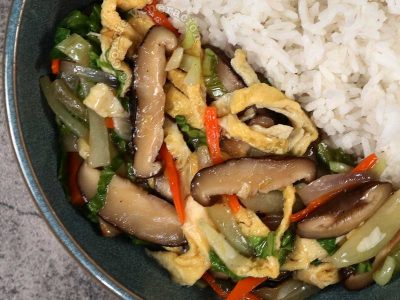That’s what tofu is. But it may be a little difficult to visualize if you haven’t seen soy beans or have never heard of “coagulant” or you’re unfamiliar with what curds look like. You may check out an article about how to make tofu at home to understand the process better.
Seen it? Okay. Now, this is by no means a comprehensive treatise on tofu but only a practical guide for home cooks.
Where did tofu originate?
China. The Chinese have been making tofu for over 2,000 years. Buddhist priests, traders and mainland Chinese who settled in different parts of Asia brought tofu making and cooking with them. In time, tofu became an important part of the Asian diet.
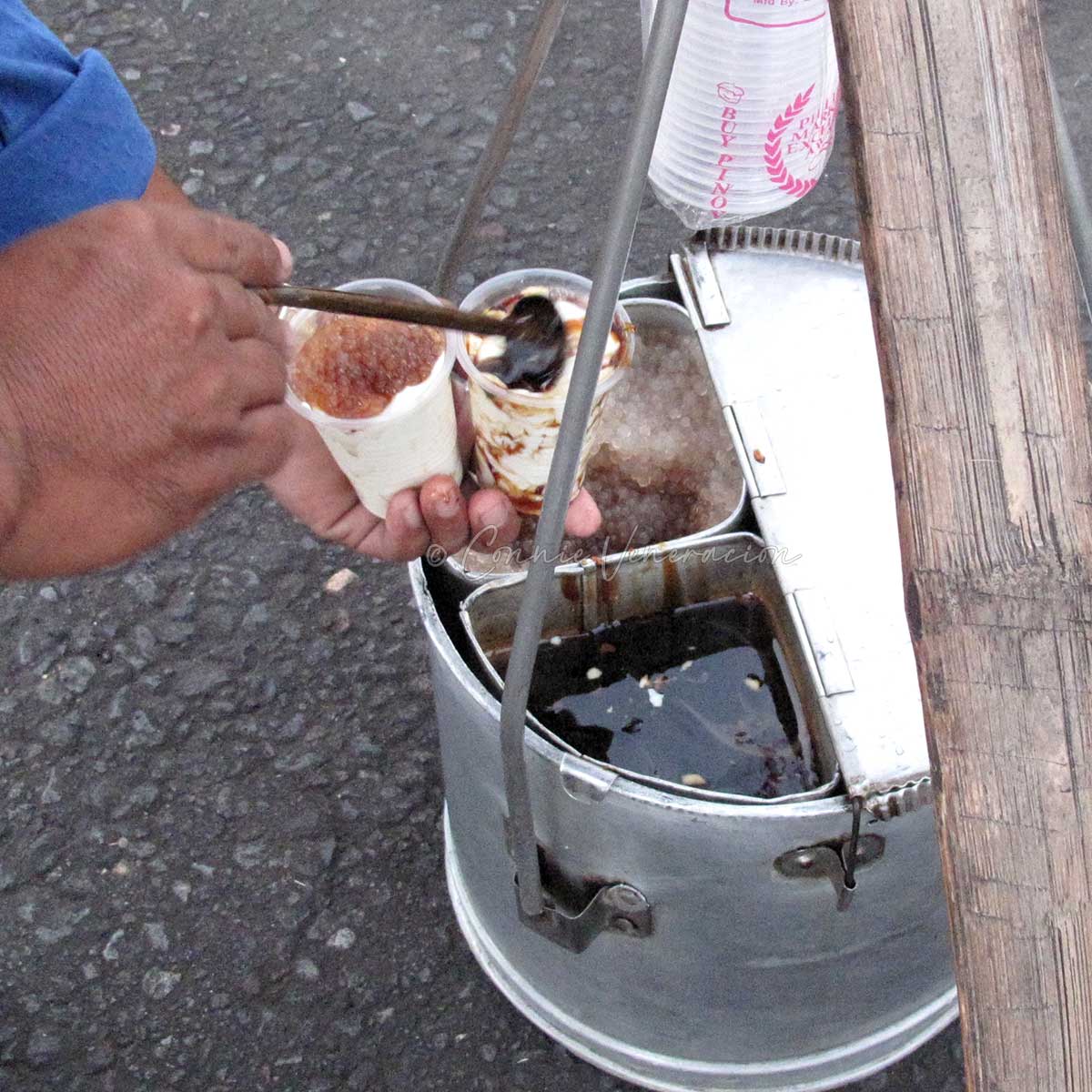
Tofu is the Japanese name for soy bean curd. It is derived from the Chinese dòufu. It is known as tahu in Indonesia and tauhu in Malaysia. In the Philippines, the firm variety used for cooking savory dishes is tokwa while the soft kind consumed with sago and brown sugar syrup is taho.
Silken, soft and firm tofu
Unless seasoned or further processed, tofu has very little flavor. What makes it so great is its ability to soak up the flavors of other ingredients it is cooked with.
Tofu is broadly categorized by its texture — silken, soft and firm — which is determined by how much water there is in the tofu cake.
There is such a thing as unpressed tofu which resembles cottage cheese in appearance. But it rarely figures in home cooking so I’ll just go ahead and skip it. So, among the pressed tofu, silken tofu is the softest and has the most amount of water while firm tofu has the least amount of water.
Why does it matter how much water the tofu contains? Because each one requires a different kind of preparation for cooking or serving to preserve and make the most of its texture. You can’t get crunch from silken tofu unless you press out as much water as you can without breaking it, dredging the tofu in flour or starch and frying it, as when you’re cooking agedashi tofu. Neither will you get that custard-like texture from firm tofu.
So, before buying tofu, think first how you will cook it. Then, decide whether you should get silken, soft or firm tofu.
Processed tofu and by-products
If you’re wondering why stinky tofu and pickled tofu were not mentioned in the preceding paragraphs, that’s because stinky tofu and pickled tofu undergo additional processes.
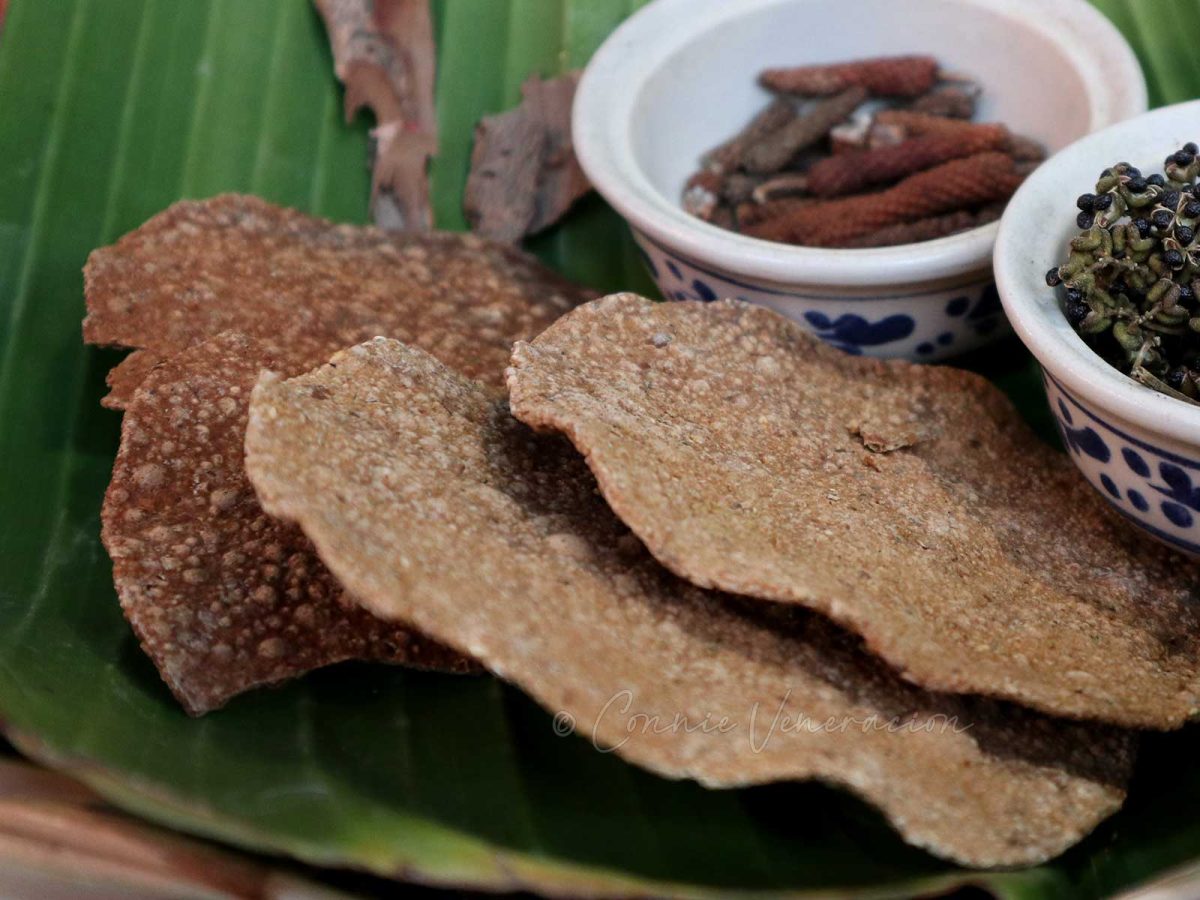
Stinky tofu and pickled tofu are only two varieties of fermented tofu. Fermenting tofu was the way to prolong its shelf life during the pre-refrigeration days. The practice has been carried into the modern age and various forms of fermented tofu can be found all over Asia. In Chiang Mai, for instance, fermented dried tofu is pulverized and mixed with spices for making various sauces.
How is tofu cooked?
Tofu can be braised in sauce, added to soup, fried or stir fried. It can be crumbled, stuffed, combined with vegetables or even eaten by itself.
Tips for frying tofu
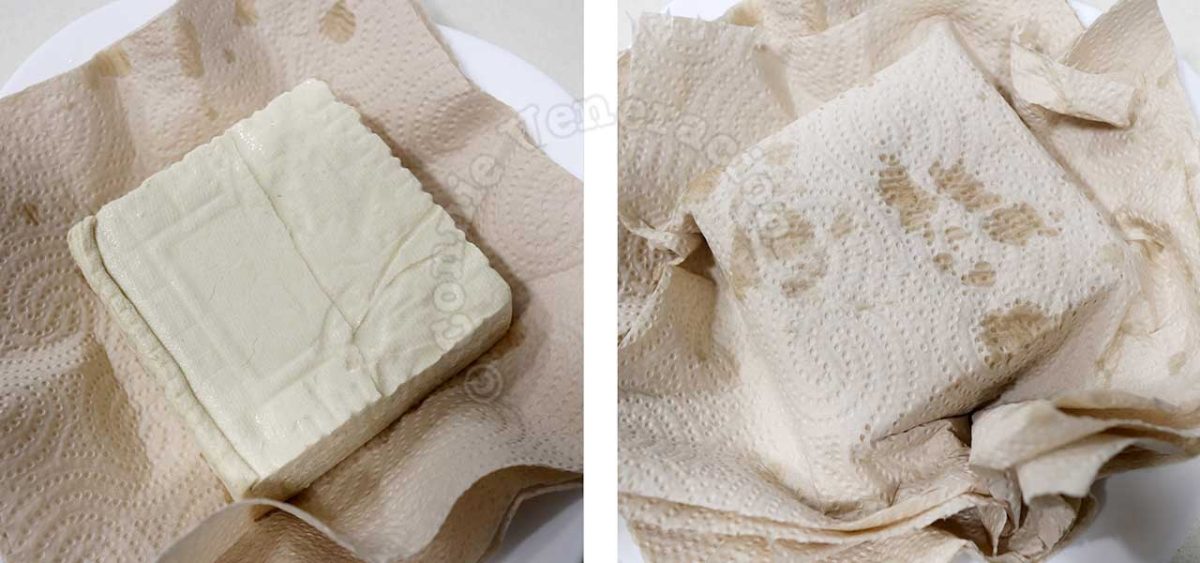
If frying tofu, it is best to squeeze out excess water to allow a crisp crust to form. You can do this by sandwiching the tofu between stacked of paper towels and pressing gently to allow the paper towels to absorb the water.
Do you cut the tofu into slices or do you cut them into small squares before frying? Well, that’s a matter of personal preference, I think. My father sliced the tofu and fried them like that. Then, he cut them into squares after frying. Me, I like to cut them into squares before frying because I like to have all sides nicely and uniformly browned.
But there’s another angle to the sliced-or-cubed dilemma. If you intend to eat the fried tofu with a dipping sauce, they will catch more sauce if they have been cut after frying because the still-white parts will easily absorb the sauce. But if you add them to a stir fried dish — exposing them to tossing and stirring — they are more likely to fall apart. Cutting into cubes before frying under the circumstances sounds like a better idea.
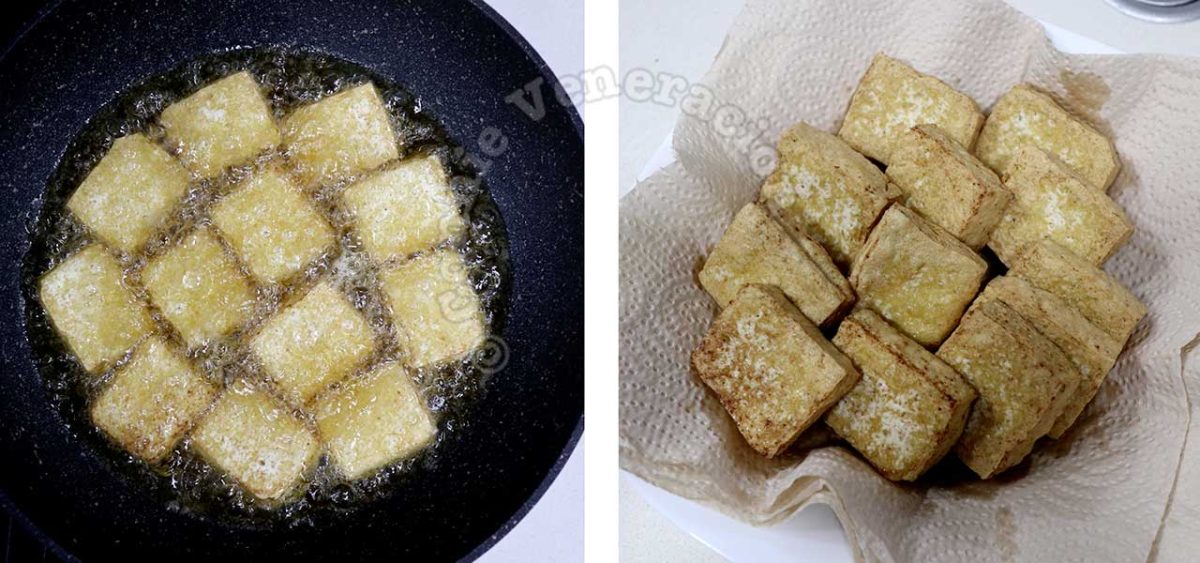
How do you make sure that the tofu does not stick to the pan? You can use a non-stick pan. Or, if you don’t have one, you can do it the old school way.
1) You need lots of oil because the tofu has to float in oil. Even if you’re using non-stick pan, it’s still wiser to use lots of oil to ensure even browning. And you do have to turn them over for even browning even if they are already floating in oil.
2) Heat the frying pan before adding the cooking oil. To test if the pan is hot enough, sprinkle some water and if the droplets dance around before they sizzle and evaporate, you’ve got a hot frying pan. You can now pour in the cooking oil.
3) Make sure that the cooking oil is hot before adding the tofu. Otherwise, the tofu will just soak in the oil while waiting for it to get hot enough to allow the surface to brown. How hot is hot enough? Normally, with the heat on the highest setting, I allow the oil to reach the smoking point. Then, I lower the heat to medium and allow the oil to cool for about 30 seconds. Then, I add the tofu and turn the heat to high again. I know it sounds weird but it works for me. Too hot and the tofu browns too fast. I like mine golden — fully sealed but still a shade of light brown.

